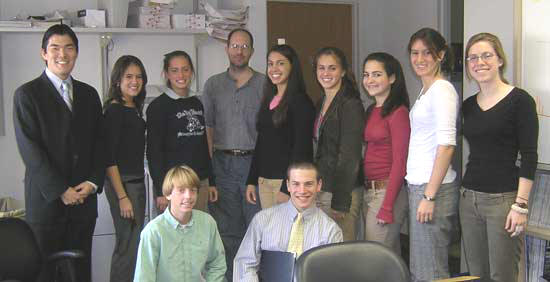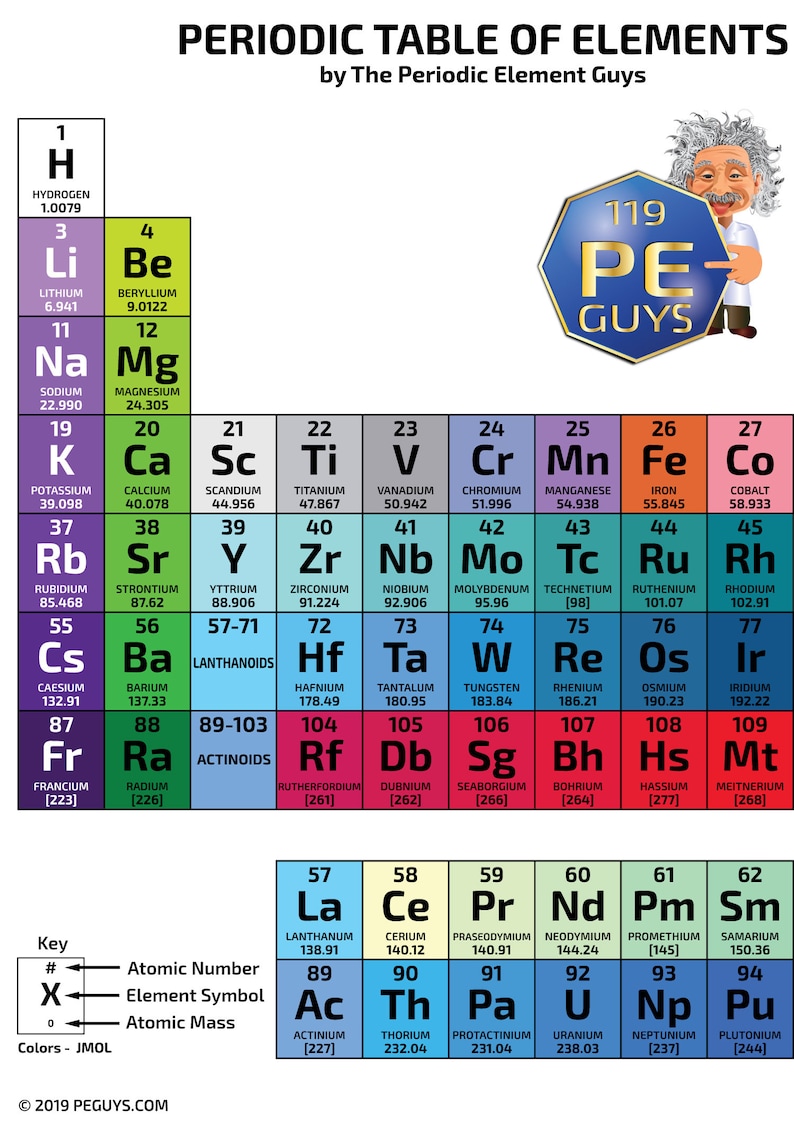

JmolRadio(' Jmol scripts here', "", false ) Ĭalculate a surface (default color is gold, name of surface = dna1), color surface red, then blue, then white, then set as translucent.

Jmol tutorial creator full#
Versions 11.2 and up are recommended for full implementation of features below. To begin, open your Jmol Applet (Jmol.jar).One approach for doing this is outlined below, followed by a table with sample Jmol buttons and commands used to manipulate surface views.

One can, however, use the Jmol applet to calculate a surface for a large molecule, save the isosurface calulations in a *.jvxl file ( JVoxel format), and quickly load the pre-calculated surface view (*.jvxl) using Jmol commands in a web page. It is therefore not prudent to do this in web pages devoted to macromolecules, unless one is interested in displaying the surface of only a small subset of residues or atoms. Molecular surfaces can be calculated by Jmol, but for large molecules this can be quite CPU intensive and time consuming to do on the fly. Just check the appropriate box and thenįor a more comprehensive treatment, see the Jmol No files from this site canĭamage your computer. Prompted, allow your browser to view blocked content. This helps with funding opportunities for the OMM and helps ensure continued development of this resource. And please drop an email to with a link to your page/s. Note: if this tutorial is helpful in the creation of your own webpages, please explicitly acknowledge your use of this page (URL, Author, date accessed, and a link to this page) in your webpage/s. Back to OMM Exhibits An Introduction to Jmol Surface Displays **


 0 kommentar(er)
0 kommentar(er)
